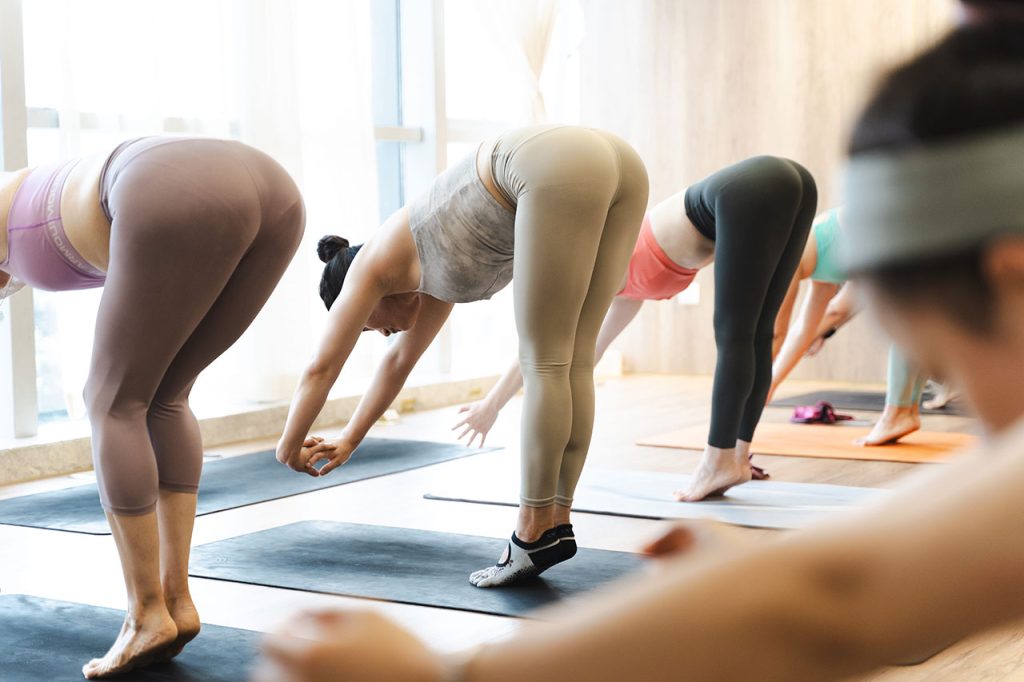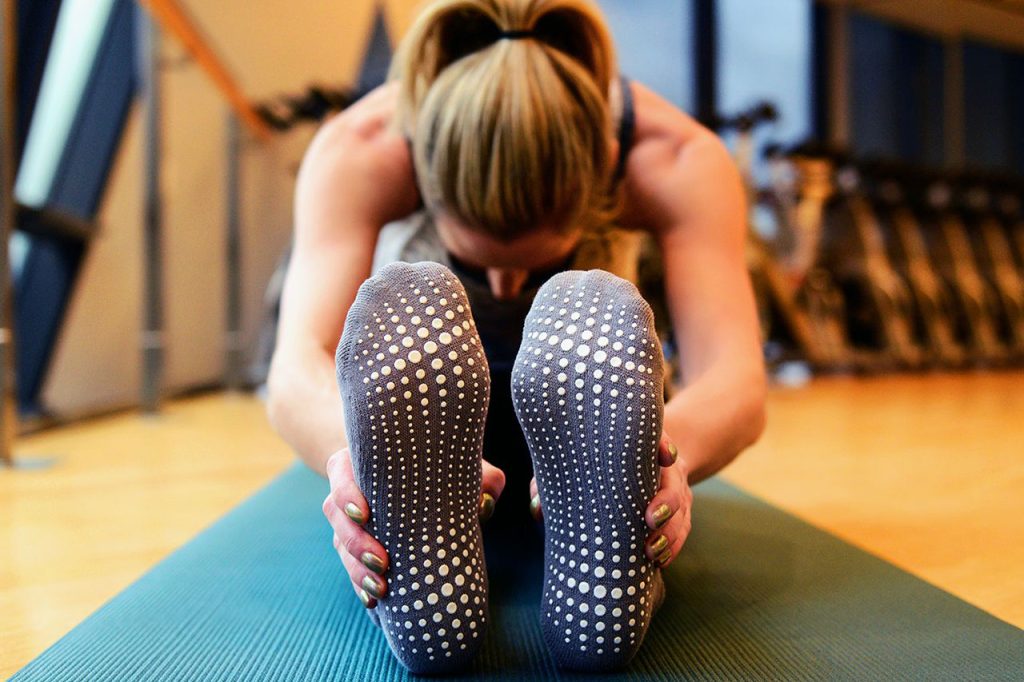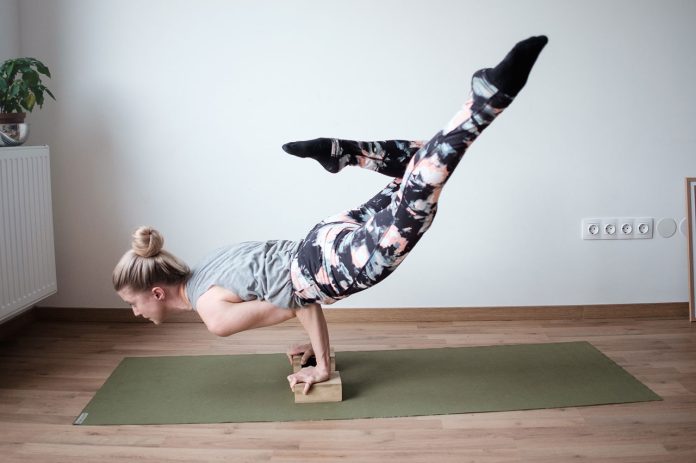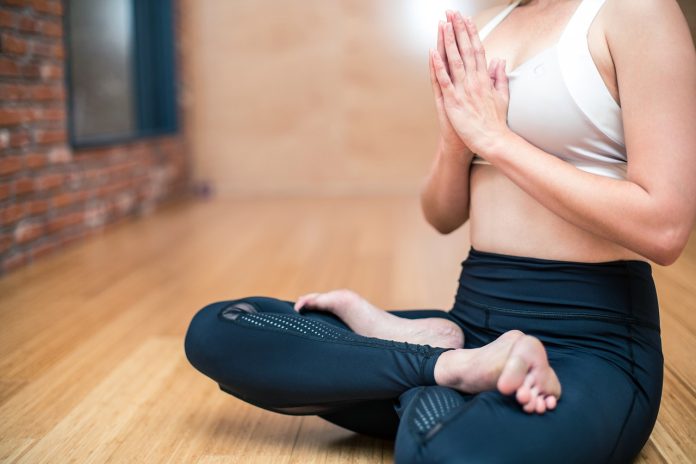While practicing yoga barefoot has its benefits, more yogis are opting to wear specialized yoga socks for performance, hygiene, and injury prevention. Read on to learn the advantages of yoga socks, sock features to look for, and tips for integrating them into your practice.
Table of Contents
You may also want to know: How to Start a Yoga Practice
Why Wear Yoga Socks?
Yoga socks provide a grippy barrier between your feet and the mat, offering:
- Traction for balance poses – Sock bottoms grip mat to help stabilize standing postures.
- Slip prevention in sweaty conditions – Sock fabric absorbs sweat better than mats alone.
- Foot protection in studios – Socks shield against dirt, germs, and fungi on shared mats.
- Warmth for hot yoga – Thin moisture-wicking socks prevent overheating in heated rooms.
- Cushioning for sensitive feet – Extra padding absorbs pressure on metatarsals and joints.
- Coverage of foot odors and fungi – Contains foot sweat and smells from direct contact with mats.
- Relief from mat irritation – Protects skin from rubber or other mat materials.
- Injury prevention – Reduces risk of foot strains by smoothing transitions between poses.
- Hygienic barrier for rental mats – Creates clean surface between feet and public mats.
For sweaty practices, sensitive soles, or sanitation, socks help yogis stick poses safely.

Features to Look For in Yoga Socks
Quality yoga socks have these attributes:
- Non-slip pads – Gripping dots on the sole prevent sliding on smooth mats.
- Low profile – Thin, snug fit hugs feet without bunching or slipping.
- Moisture-wicking fabric – Sweat-wicking materials like nylon or polyester keep feet dry.
- Breathable weave – Allows ventilation to prevent heat retention.
- Toeless design – Toes-free design enhances grip and prevents constriction.
- Elastic cuff – Hugs ankle tightly so socks stay in place.
- Seamless or flat-toe seams – Prevents fabric bunching between toes.
- Varying cushioning levels – Light to extra padded options accommodate foot sensitivity.
- Durable construction – Reinforced heel and toe stand up to wear.
Choose socks with the features that best suit your practice style and needs.
When to Wear Yoga Socks
Yoga socks serve different purposes in certain scenarios:
- Hot Yoga Classes – Thin moisture-wicking socks prevent slippery conditions in sweat-inducing studios.
- Cold Studios – Light socks provide warmth and insulation in drafty spaces.
- Sensitive Feet – Extra cushioning absorbs pressure for metatarsal pain or plantar fasciitis.
- Balance Poses – Gripping socks assist with traction and stability on one foot.
- Rental Mats – Form a hygienic barrier against germs and fungi on public mats.
- Fungal Infections – Prevents transmission of existing infections to others via mats.
- Sweaty Practice – Controls moisture and odors spreading from bare feet.
- AcroYoga – Traction for basing partner, plus hygiene for sweaty practice.
- Travel Yoga – Wear hygienic slippers in questionable hotel room carpets.
Consider your space and style to determine when socks will serve you best.

Tips for Wearing Yoga Socks
To integrate socks into practice:
- Wash new socks before first wearing them to maximize wicking effects.
- Select well-fitted styles to avoid slipping – too large can bunch.
- Try socks on with shoes to test grip over long periods before buying.
- Carry a spare pair of socks to change into if your feet sweat extensively.
- Remove socks and massage feet after practice to prevent odors.
- Replace socks regularly as cushioning and grips wear down over time.
- Bring your own clean socks to use on top of rental mats for hygiene.
- Wash regularly in hot water to sanitize and renew wicking effects.
With the right fit, care, and style, yoga socks can help yogis find their footing on the mat for a safer, cleaner practice. Give them a try for a slip-free flow.
Related Links:
https://en.wikipedia.org/wiki/Yoga




